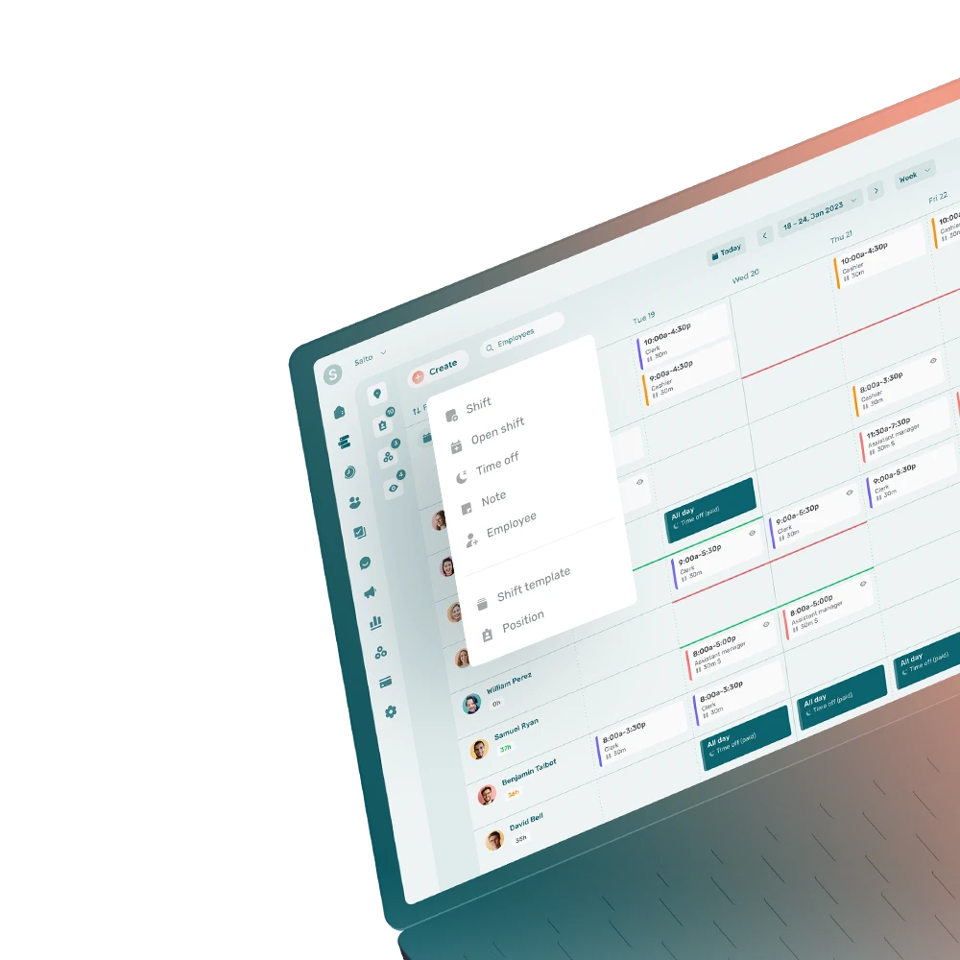Skills gap, sometimes referred to as lack of skills, refers to the gap between employees’ actual skills and the skills employers would like their employees to possess.
What Causes a Skills Gap?
The most common causes of skill gaps include:
- Lack of education
- Unrealistic expectations
- Lack of experience and training
- Labor shortage
- Lack of soft skills
- High staff turnover
Why Identify the Skills Gap in the Workplace?
Assessing and identifying skills gaps in the workplace allows organizations to tackle labor shortages and ensure business continuity.
Analyzing the skills gap also enables companies to become more agile in implementing solutions to remedy the situation, and to improve their recruitment practices.
How to Identify Skills Gaps?
Steps to identify skills gaps include:
- Identifying a company’s main objectives
- Determining which skills are essential to achieving these objectives
- Associating each skill with the most appropriate job
- Evaluating the skills of each employee according to their position
- Identifying skill gaps between actual and desired skills
What Are the Different Types of Skills Gap?
The different types of skills gap include:
- Knowledge gaps: the lack of knowledge directly related to a given job that prevents an employee from carrying out their tasks correctly.
- Skills gaps: the inability of an employee to use their knowledge and skills to perform a given task.
- Performance gaps: the lack of motivation or commitment that prevents an employee from carrying out their tasks properly.
What Are Some Examples of Skills Gaps?
Examples of skill gaps include:
- Employees’ inability to use new machinery
- Employees’ inability to use software
- An organization’s inability to meet sales targets
- High employee turnover
- Employees’ inability to do their job properly
How to Analyze Skills Gaps?
Companies wishing to carry out an employee skills gap analysis can:
- Send out an anonymous employee survey
- Conduct individual performance reviews
- Analyze previous performance evaluations
- Use specialized tools
- Use a specialized agency
- Carrying out a SWOT analysis
What Is the Goal of a Skills Gap Analysis?
A skills gap analysis helps identify the difference between the needs of the employer and the real abilities of employees within a company.
The main objective of a skills gap analysis is to identify the skills a business needs to reach its objectives. The analysis also identifies employees who need to upgrade their skills and updates the company’s labor requirements to improve planning for recruitment
When to Carry Out a Skills Gap Analysis?
A skills gap analysis may be performed when a business wants to achieve certain specific objectives, and it wishes to determine the actions it should implement to do so.
For example, a company may carry out a skills gap analysis when it reworks its strategic planning, when it experiences poor results, or if it wants to improvement management practices.
How to Reduce Skills Gaps at Work?
Companies wishing to reduce the skills gap in the workplace can use strategies such as:
- Offering more employee training
- Prioritizing internal mobility
- Setting up a mentoring program
- Offering to pay for additional employee training
- Creating individual training plans
How Can Technology Help Perform a Skills Gap Analysis?
Using technology to carry out a skills gap analysis can help to keep a record of the results in employee records and carry out the necessary follow-up.
Digitalizing the data collected can also help keep it secure.




